Are you looking for a toddler homeschool routine to give your days some structure for play and learning while also managing your home?
While it may seem daunting initially, establishing a solid routine can make all the difference. Toddlers thrive on structure and predictability; with the right approach, you can create a fun and educational environment right in your home while still feeling that you can manage your home responsibilities.
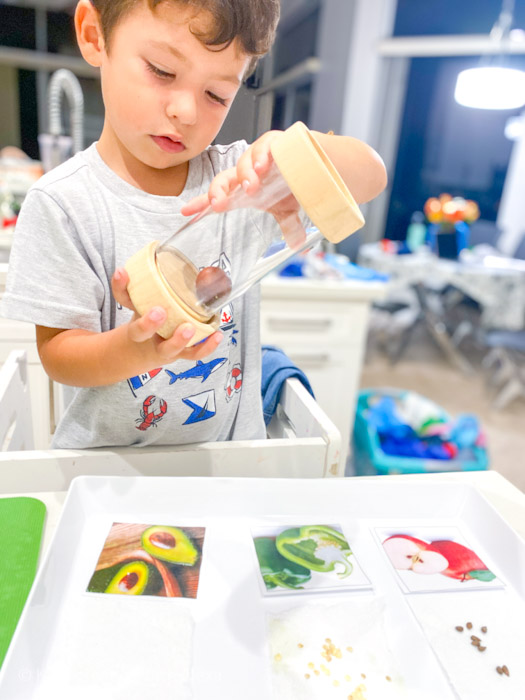
In this guide, I will walk you through the steps to create a toddler homeschool routine that works for you and your little one. These strategies are a quick look at what I teach in the course Play To Learn: Homeschooling 101, where I help you create a routine that works for your family lifestyle, toddler personality, and energy levels to make the most of your days.

Let’s dive into the principles of creating a toddler homeschool routine.
I always teach that homeschool education differs from sending your child to daycare. This means you do not copy preschool routines and try to recreate them at home.
At school, education activities are limited to the four walls and a playground, while you, as a homeschool mom, have the local zoo, the grocery store, playgrounds, and your home to create fun hands-on lesson plans.

You can tailor your routine to meet your child’s needs by clarifying your objectives and customize it to his/her interests.
Step 1: Set Clear Learning Goals

Before creating a homeschool routine, start by creating your intention for your journey. What are you trying to achieve? What goals and objectives do you want to achieve this year? I don’t mean just academically, although those are important. You can download the checklist at the bottom of this post.
However, homeschooling is more than replicating daycare. They are enjoying their childhood and creating many memories and experiences where learning can happen naturally. So, add those types of goals when you take some time to think about your goals for your toddler’s education. What do you want them to learn and achieve? Are there specific skills or subjects you want to focus on?
Step 2: Establish a Daily Schedule
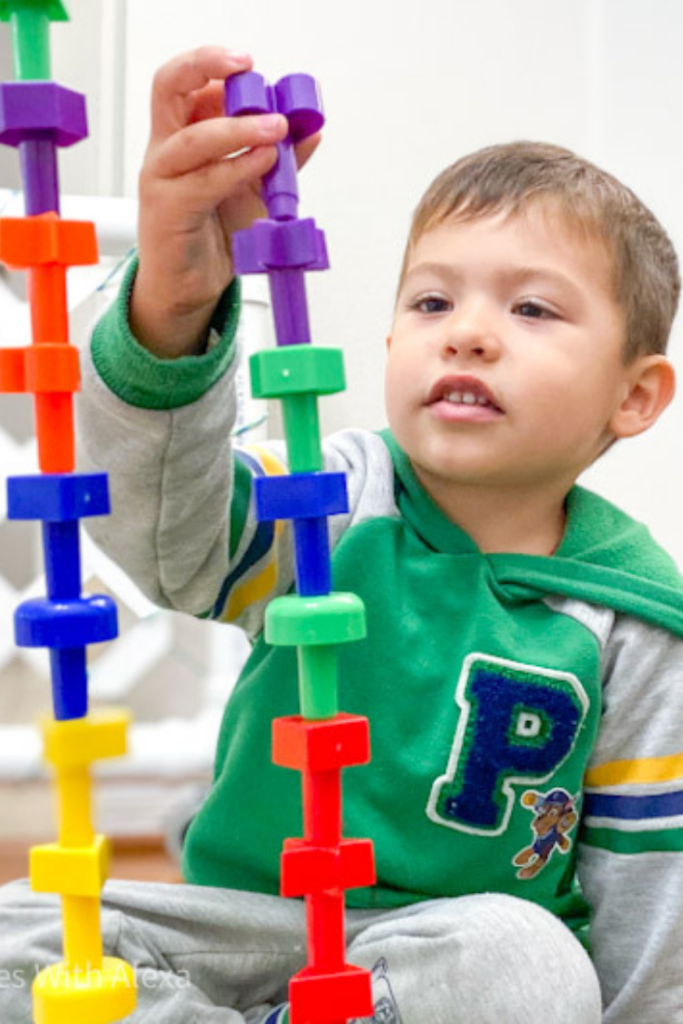
Toddlers thrive on routine, so establishing a consistent daily schedule is key.
Start by tracking the times you and your child wake up, when meals usually occur, naps, and bedtime. I call these types of activities the anchor.
I like to focus on daily rhymes for the rest of the activities. This means you are more focused on the flow of what activities go first and then followed by another rather than guiding yourself by the clock. (see below for the daily rhyme workbook)
Then, block out dedicated time slots for homeschool activities. Are you most energetic in the morning? Then add those activities that require more energy: painting, which requires cleaning efforts, and nature walks, which require constant movement.
Do the same for the other time slots. How is your energy? Low? High? Then, add activities that match that level so you can make the most of your day.
When you focus on parent-guided activities, remember that toddlers have short attention spans. Aim for brief, focused sessions interspersed with plenty of breaks for play and exploration.
Step 3: Choose Educational Activities & Curriculum

When planning your toddler’s homeschool routine, incorporate various educational activities to keep things engaging and stimulating.
This could include reading books, doing simple crafts, doing sensory play, practicing basic math skills, exploring nature, and more. Be sure to choose age-appropriate activities that align with your child’s interests and developmental stage.
We have premade curriculums that are age-specific and done for you so you can make selecting these activities easier.
-
Product on sale
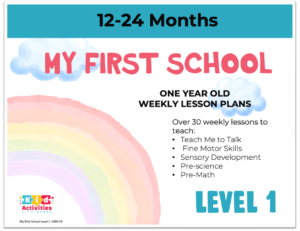 My First School: 30+ Weekly Thematic Lesson Plans for 12-24 months$69.00 – $97.00
My First School: 30+ Weekly Thematic Lesson Plans for 12-24 months$69.00 – $97.00 -
Product on sale
 MY FIRST SCHOOL: 30+ LEVEL 2 Weekly Lesson Plans for 24-36 months (PDF)Original price was: $179.00.$57.00Current price is: $57.00.
MY FIRST SCHOOL: 30+ LEVEL 2 Weekly Lesson Plans for 24-36 months (PDF)Original price was: $179.00.$57.00Current price is: $57.00.
Step 4: Create a Learning Environment

Designate a specific area of your home as a learning space for your toddler. Think about the different activities that you will do.
I always suggest you include in your rotine activities that cover the 4 areas of development, these can be things like going to a playdate to practice social skills, reading books and doing activities that promote language development. activitiers that encourage problem solving and academic concepts, and of course, lots of fine and gross motor skill activities to promote movement.
Kids learn with their whole body! so that means learning letters doesn’t just happen in the brain reviewing flashcards it happens moving, playing, tracing and observing.
Alexa Torrijos – Advocate for Learning Through Play

So now, think about where you will do these different activities. Indoors? Outdoors? Where would be the best area for sensory play? How about creating a puzzle?
Choose these different areas, this could be a corner of the living room, a dedicated playroom, or even just a cozy spot on the floor with a blanket and some pillows. Then, stock the space with age-appropriate books, toys, and learning materials to encourage exploration and discovery.
Recommended: The Ultimate Guide to Art & Sensory Supplies
Step 5: Be Flexible and Patient
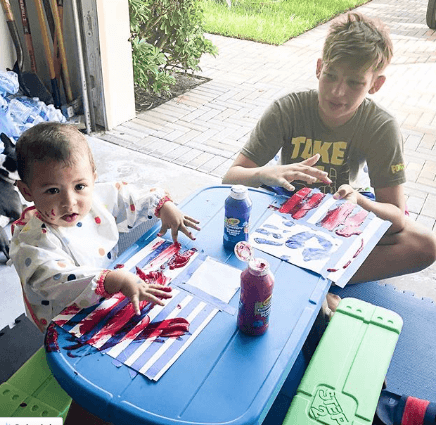
Flexibility is key when homeschooling toddlers. Be prepared for your routine to evolve over time as your child grows and their interests change. And remember to be patient with yourself and your little one.
Some days will inevitably be more challenging than others, the activities that you have planned might not happen and that’s ok. Observe your child and start identifying what they need. Is it more movmenet play? or slowing down? Adjust as you go. You can create a nurturing learning environment for your toddler and for yourself.
Step 6: Track Progress
Keep track of your toddler’s progress and achievements along the way. This could be as simple as jotting down notes in a notebook or creating a visual chart to mark milestones or using a premade guide to understand where your child is at and what to work on next.
Celebrate your child’s successes, no matter how small, and use any setbacks as opportunities for growth and learning.
Step 7: Stay Connected

Homeschooling can sometimes feel isolating, but it doesn’t have to be. Reach out to other homeschooling families in your area or join online communities for support and inspiration.
Sharing ideas and resources with others can help keep you motivated and engaged in your homeschooling journey.
I have a local community of moms who I support through my nature classes and guide them through their homeschooling toddler journey, and I have an online community with our Here We Grow Program where we support each other through zoom chats.
Don’t want to homeschool your toddler alone? I have a membership where I teach you monthly masterclasses and join monthly Q&A sessions, exclusively for parents or caregivers with toddlers 1-4 years old! Check out the Here We Grow Program Here >>

Free Printable: Toddler Homeschool Routine Template
To help you start creating your toddler homeschool routine, we’ve created a free printable template for you to download and customize.
Simply fill in the blanks with your child’s schedule and activities, and you’ll have a handy reference to keep you on track.
You can watch the step by ste training in the Play To Learn Course.
In conclusion, creating a toddler homeschool routine requires careful planning, patience, and flexibility. By setting clear goals, establishing a daily schedule, choosing educational activities, creating a learning environment, being flexible and patient, tracking progress, and staying connected, you can create a nurturing and enriching learning experience for your little one. And with our free printable template, getting started is easier than ever. Happy homeschooling!
Have questions? email me at alexa@kidactivitieswithalexa.com. I will be happy to guide you through your new learn-at-home journey.
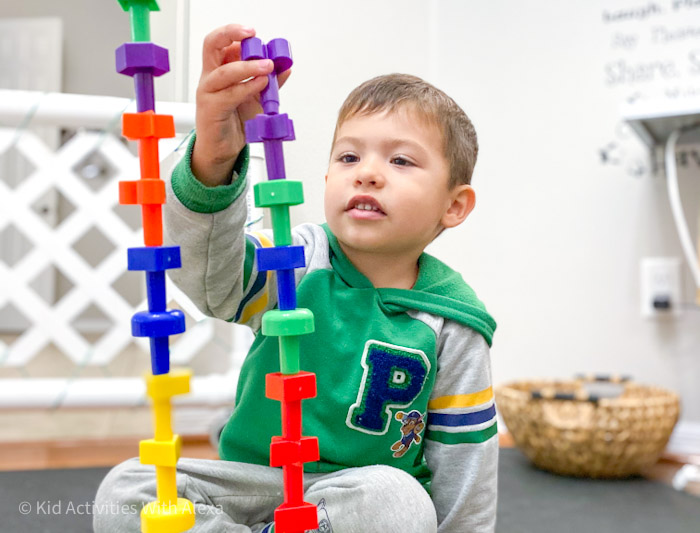

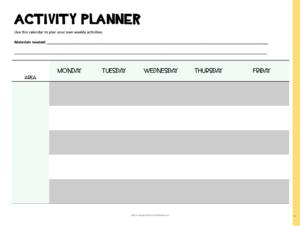
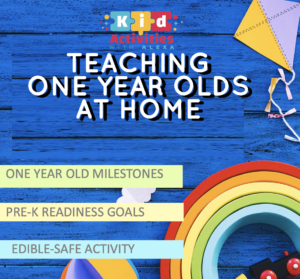
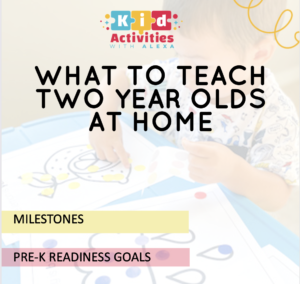
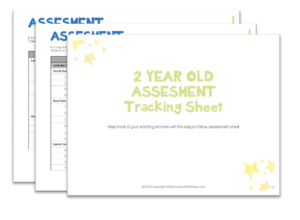
2 thoughts on “7 Steps to Crafting a Toddler Homeschool Routine”
Comments are closed.